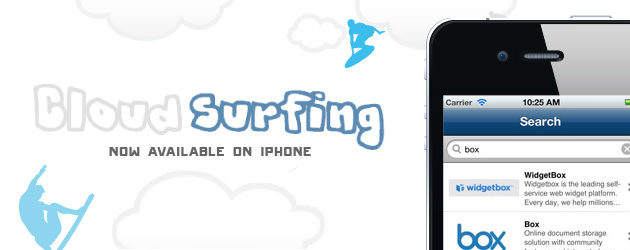Article
Angular vs React: Which is Right for Your Project?

Every time a web page goes beyond being static – to interactive maps, animated graphics, and dynamic video – JavaScript is likely under the hood. But there are different frameworks and libraries for JavaScript, and this has led to a fierce debate among developers about which technology to choose.
Two Technologies, One Goal
At the top of the list of frameworks are Angular and React. Whether you’re someone looking to decide which framework you’d prefer to learn first, a developer choosing a framework for your next project, or a strategist choosing the right technology for your company, everyone can benefit from more knowledge about which one to choose.
The purpose of this blog post is to provide a primer on Angular and React. We want to give you the opportunity to make an educated decision about which technology is best for you so you can create high-end digital experiences.
One Important Distinction: “Framework” vs. “Library”
For those unfamiliar with web development terminology, the distinction between a “framework” and a “library” is crucial to understand.
Angular is a framework. It provides a structural approach to programming with JavaScript, with heavy guidance as to how to build your website along the way. This carries a certain rigidity to programming – it’s already very structured – which can be both a pro and a con. Angular serves as a one-stop shop to start building interactive elements into your website, with the tooling and best practices included within the framework. The downside of a rigid structure is constraint: a less open-ended approach decreases your opportunities to customize your JavaScript programming experience.
React is a library. It provides a collection of resources, programs, and packages, with more interpretation and customization available to the developer. It’s highly flexible in contrast to Angular, with fewer rules and less guidance. This comes at the cost of needing to complement React with other libraries to achieve what Angular can achieve out of the box. However, there’s a benefit to React’s creators not being opinionated about how to use it. React requires developers to make decisions regarding application architecture, which leaves more room for error but additional room for outside-the-box creativity.
Overview of Angular:
Angular is a JavaScript framework maintained by Google. Its goal is to augment browser-based applications with model-view-controller (MVC) capabilities, in an effort to make both development and testing easier. Angular turns your templates into code that’s highly optimized for today’s JavaScript virtual machines. This gives you all the benefits of hand-written code in a productive framework.
Angular’s technical benefits:
- Uses HTML to define the app’s user interface, which makes the codebase easier to learn and contribute to
- Efficient and modular due to its dependency injection design pattern
- Decouples data from UI, allowing for quicker UI changes
- Out-of-the-box support for Typescript for type safety
- Large community: ~600 contributors, with global adoption
Here are a few sites made with Angular:

Overview of React:
React is a popular JavaScript library for building user interfaces. Its flexibility, componentization approach, and Facebook support make it a worthy choice for developing web applications. React uses a concept called Virtual DOM to efficiently update UI components when application data changes. It also recommends the use of JSX, which embraces coupling render logic and UI logic. Note that React isn’t an MVC framework, but a library for building composable user interfaces.
React’s technical benefits:
- Reusable components, ease of debugging, server-side rendering
- Out-of-the-box dev tools
- Uses convenient architecture Flux (which is also available for Angular, but preferred by React developers)
- Cutting-edge
- Large community: ~1,100 contributors, with global adoption
Here are a few sites made with React:

Making Your Decision
The decision of which front-end technology to pick is more of a spectrum than a binary. That’s why it’s important to think holistically.
From a business standpoint, are your customer’s pain points speed or functionality? What’s the developer talent pool available to you? Do you need a mobile app now or in the future?
From a technology standpoint, how frequently will you be working on the app? How much scalability do you need? What’s your app maintenance budget?
These are just a few of the questions to consider when making your decision. We hope this guide proves useful for evaluating the strengths and weaknesses of Angular and React against your specific needs, and we’re here to help you find the right solution.









